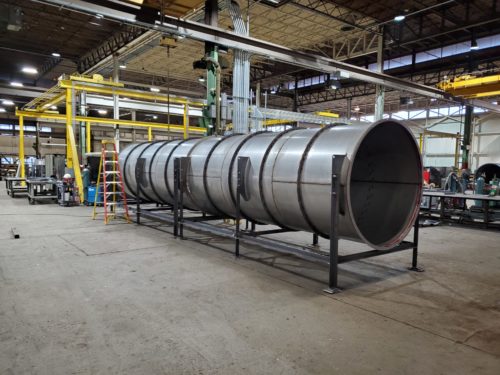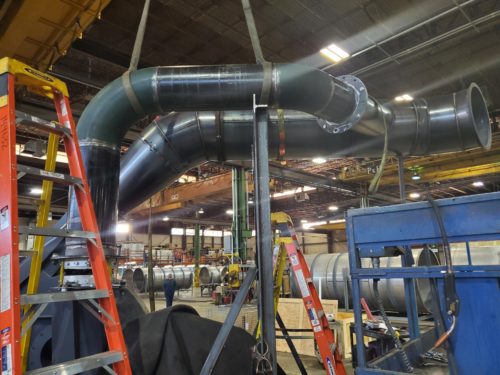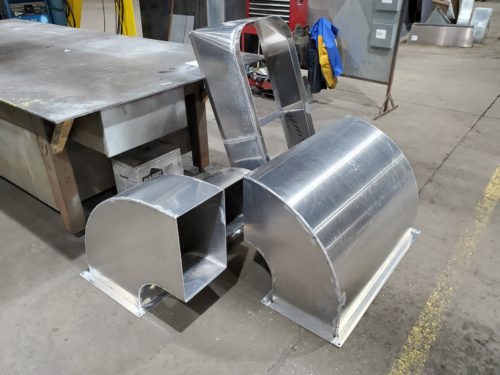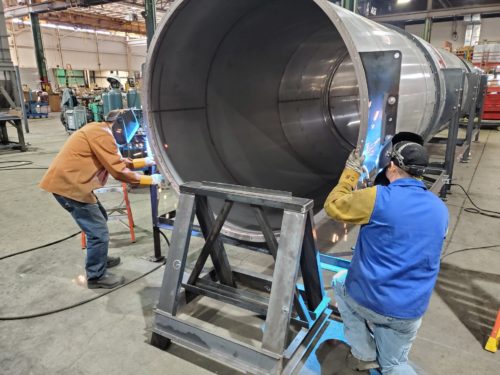Ductwork serves a variety of purposes, allowing the framework for systems to supply and remove air. It provides comfortable temperature control, sanitary air quality and processing capabilities, and energy efficiency. HVAC systems connect by ductwork, carrying warm or cool air throughout the ducts. This air then exits through vents and brings the desired temperatures to all building occupants.
Ducts are made of sheet metal. Through sheet metal fabrication, metal forms into the necessary shapes for the ducting system. Fabricators then seal the metal ducts together when assembling them to ensure there is no air loss or temperature degradation.




